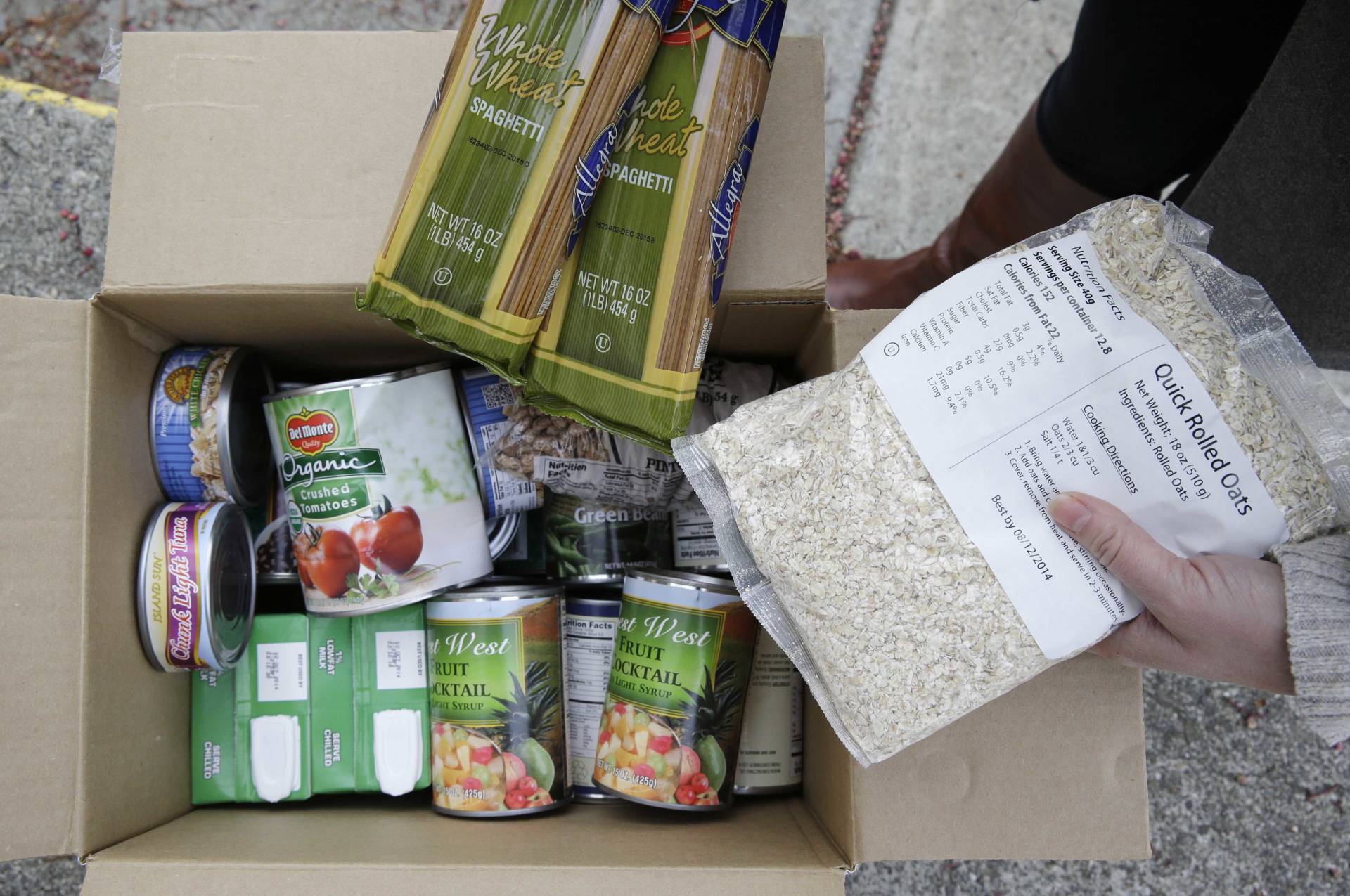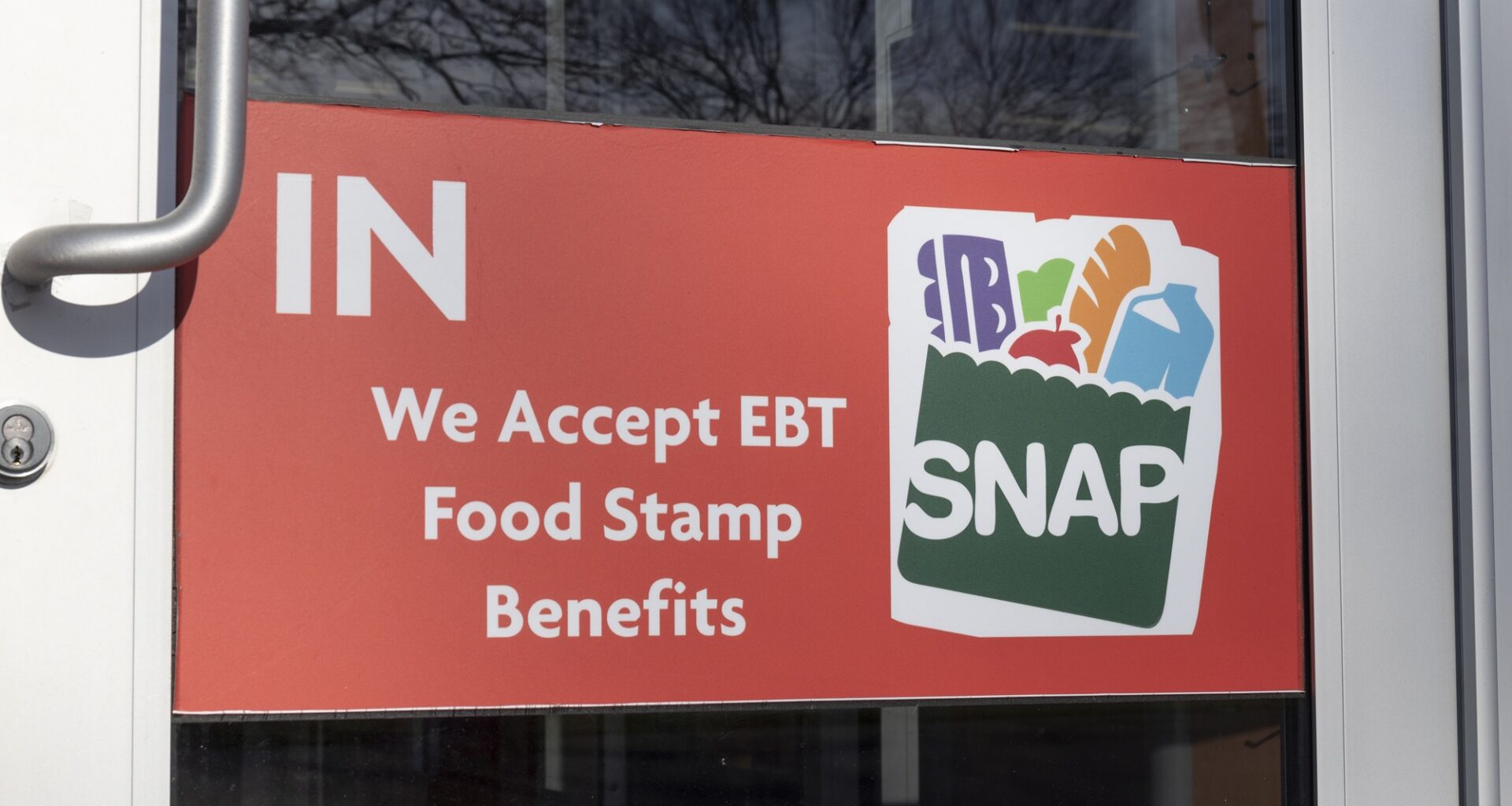However, “if the current lapse in appropriations continues, there will be insufficient funds to pay full November SNAP benefits for approximately 42 million individuals across the Nation,” wrote Ward.
The letter instructs state agencies to delay sending November benefit issuance files to vendors, who then disperse funds to people on SNAP — which includes people on CalFresh in California.
Agriculture Secretary Brooke Rollins told reporters at the White House on Oct. 16 that SNAP would run out of money in two weeks if the shutdown continued.
Right now, it’s unclear what a 2025 contingency plan for SNAP benefits will look like.
What do California officials say about CalFresh and the shutdown?
On the BenefitsCal webpage, a notice dated Oct. 15 warns that future benefits for CalFresh and CalWORKS (Temporary Assistance for Needy Families) “may be at risk if the federal government shut down continues.”
The advisory also said there may also be disruptions to Medi-Cal, California’s Medicaid program, if the shutdown lasts past December.
 A box of food prepared at a food bank distribution in Petaluma. (Eric Risberg/AP)
A box of food prepared at a food bank distribution in Petaluma. (Eric Risberg/AP)
A banner message on the state’s Department of Social Services website also warns that “no new federal funding” supporting programs like CalFresh “will be provided until the President and Congress take action.”
The message also attributes the shutdown to “to the failures of the President and Congress to continue government funding” and warns Californians visiting government websites like hhs.gov for more information to “be wary of potential highly partisan political messaging while visiting federal government websites” — a response to language posted to the official websites of various federal agencies that refers to “the Radical Left Democrat shutdown”.
What happened to SNAP benefits during past shutdowns?
The longest government shutdown in U.S. history lasted 35 days from December 2018 to January 2019, during President Donald Trump’s first term.
During this period, USDA initially said SNAP benefits would run out by the end of January.
But February SNAP benefits were ultimately distributed early at the end of January, although food stamp beneficiaries then had to wait until March for the next round of payments.

